
YDTech® manufacturer 6x6, 6x8,6x12,6.5x9,7x7,7x10,7.5x7.5,7.5x11,precision bearing rollers sizes(NRA,NRB) and needle rollers stocks! supplier 6x6, 6x8,6x12,6.5x9,7x7,7x10,7.5x7.5,7.5x11, cylindrical rollers or needle rollers stocks(G2,G3) in china.
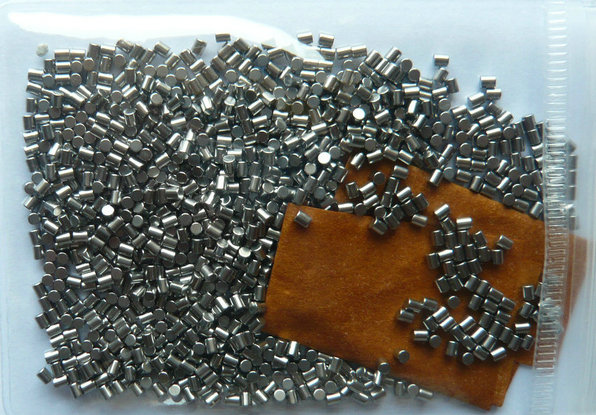
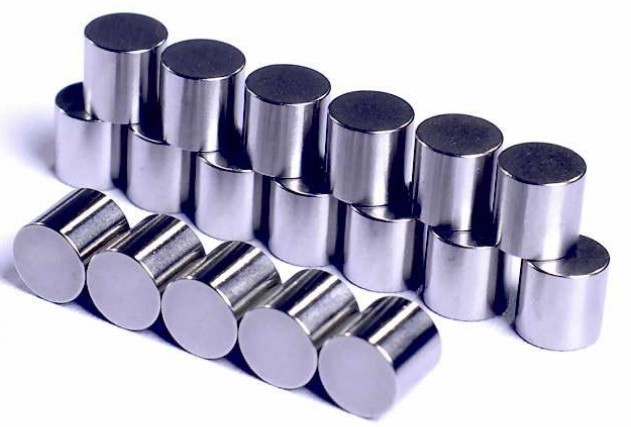
Cylindrical rollers can be used in overrunning clutches, which are also known as freewheel clutches or one-way bearings. These devices are used to transmit torque in one direction while allowing free rotation in the opposite direction.6x6, 6x8,6x12,6.5x9,7x7,7x10,7.5x7.5,7.5x11,
In an overrunning clutch, cylindrical rollers are placed between two concentric rings, with one of the rings having a raceway or ramp profile on its inner surface. The other ring is typically stationary and serves as the housing for the bearing.
When torque is applied in the direction of the ramp profile, the cylindrical rollers are forced to roll over the ramps and engage with the outer ring, transmitting torque in the forward direction. When the direction of torque is reversed, the rollers are disengaged from the outer ring and allowed to rotate freely, preventing reverse rotation..

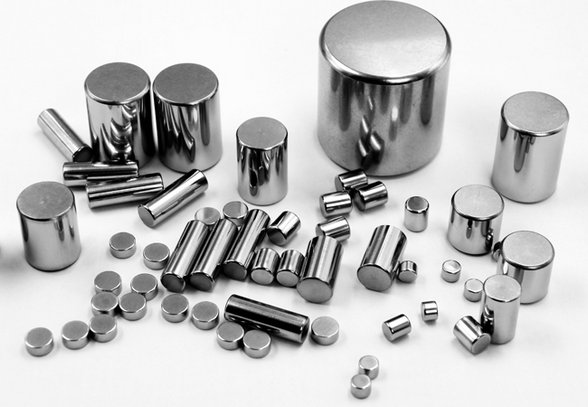
The use of cylindrical rollers in overrunning clutches provides high load capacity and low friction, making them suitable for applications that require high torque transmission, such as packaging machinery, printing presses, and conveyor systems.
The selection of the appropriate cylindrical roller size, material, and accuracy depends on the specific requirements of the overrunning clutch and the application. The load capacity, torque requirements, and environmental conditions of the application are important factors to consider when selecting cylindrical rollers for use in overrunning clutches
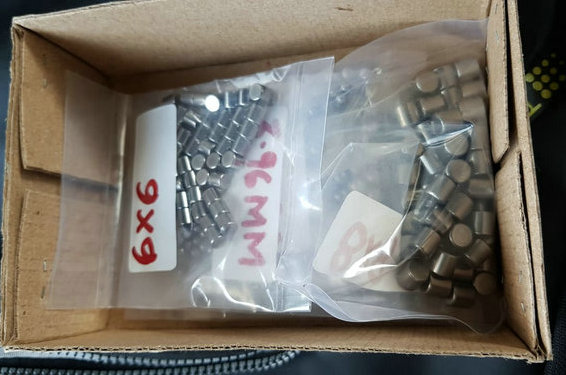
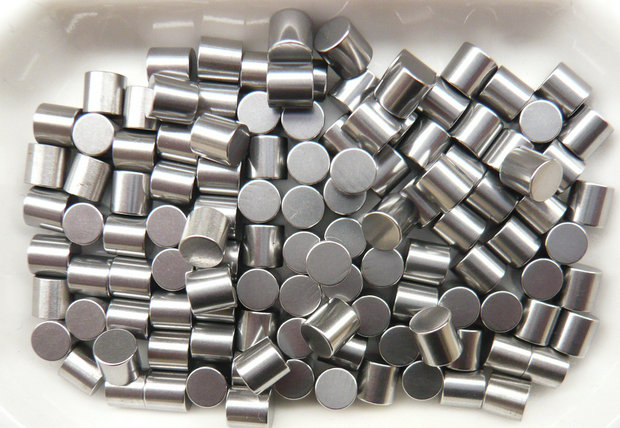
Cylindrical rollers can also be used in cross one-way bearings, also known as indexing clutches or sprag clutches, which are used in various applications to provide unidirectional motion and to prevent reverse rotation.
In a cross one-way bearing, the cylindrical rollers are arranged in a cross pattern and placed between two concentric rings. One of the rings has ramps on the inner surface, which allow the rollers to move in one direction and lock in the other direction. The other ring is typically stationary and serves as the housing for the bearing.
When the bearing is rotated in the direction of the ramps, the rollers are forced to roll over the ramps and engage with the outer ring, providing unidirectional motion. When the bearing is rotated in the opposite direction, the rollers move in the opposite direction, disengaging from the outer ring and preventing reverse rotation.
The use of cylindrical rollers in cross one-way bearings provides high load capacity and low friction, making them suitable for applications that require high torque transmission, such as printing presses, conveyors, and packaging machinery.
The selection of the appropriate cylindrical roller size, material, and accuracy depends on the specific requirements of the cross one-way bearing and the application. The load capacity, torque requirements, and environmental conditions of the application are important factors to consider when selecting cylindrical rollers for use in cross one-way bearings.
standard sizes of cylindrical rollers
| D*L | D*L | D*L | D*L | D*L | D*L | D*L | D*L | ||
|---|---|---|---|---|---|---|---|---|---|
| 1x1 | 1.2x1.2 | 1.5x1.5 | 2x2 | 2.2x2.2 | 2.5x2.5 | 3x1 | 3x1.5 | ||
| 3x2 | 3x2.2 | 3x2.5 | 3x2.7 | 3x3 | 3.5x5 | 4x6 | 4.5x4.5 | ||
| 5x5 | 5x10 | 5.5x8 | 6x8 | 6x12 | 6.5x9 | 7x10 | 7.5x7.5 | ||
| 7.5x11 | 8x10 | 9x9 | 9x14 | 10x11 | 11x11 | 11x15 | 12x14 | ||
| 13x13 | 14x14 | 15x15 | 15x22 | 16x17 | 17x17 | 18x18 | 18x26 | ||
| 19x20 | 20x20 | 21x21 | 22x22 | 22x34 | 24x24 | 24x36 | 25x36 | ||
| 26x28 | 28x28 | 30x30 | 32x32 | 34x34 | 36x36 | 38x38 | 40x40 | ||
| loose rolling elements, cylindrical rollers, precision rollers,bearings rollers only | |||||||||
- home
- products
- contact
- equipments
- needle rollers
- standard sizes needles stocks
- 1mm series
- 2mm series
- 3mm series
- 4mm series
- 5mm series
- 6mm series
- cylindrical rollers
- standard sizes rollers stocks
- 1mm series
- 2mm series
- 3mm series
- 4m~5mm series
- 6mm~7mm series
- 8mm~9mm series
- 10mm~12mm series
- 13mm~17mm seriess
- 18mm~22mm seriess
- 24mm~28mm series
- 30mm~40mm series